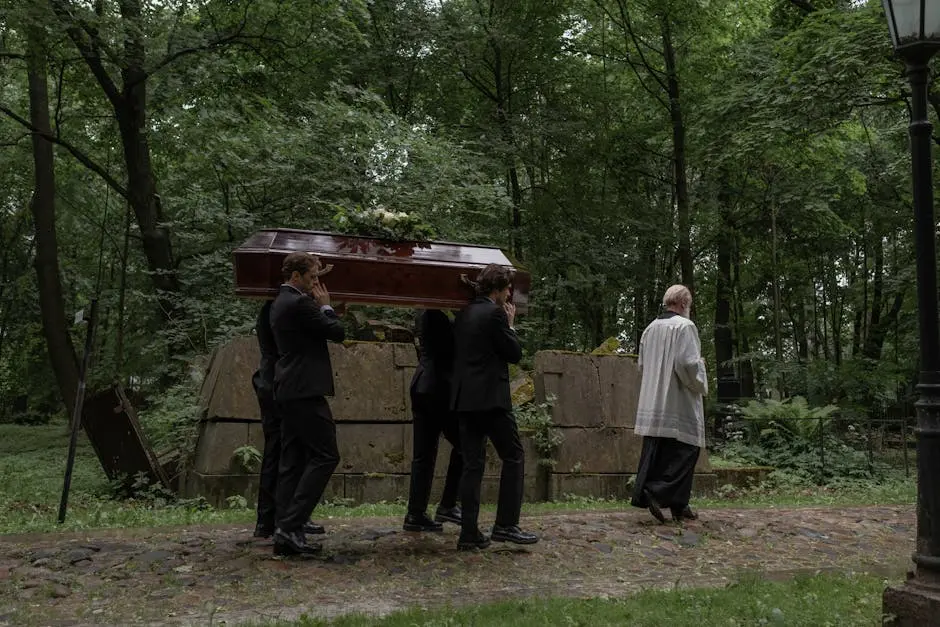When faced with the task of planning a funeral, one of the choices you might consider is between direct cremation and traditional funeral services. Understanding the differences is crucial in making the decision that best fits your needs and wishes. In this blog, we’ll explore the key distinctions and help you understand what each option entails.
What is Direct Cremation?
Direct cremation is a simple cremation method where the body is cremated shortly after death, without a formal funeral service beforehand. It is usually the most cost-effective option for families.
Unlike traditional funerals, direct cremation skips the ceremonial aspects often associated with saying goodbye. There’s no requirement for a viewing or visitation, which can sometimes be an emotional burden for family members.
Direct cremation also provides flexibility. Families can choose to hold a memorial service at a later time and place, offering a chance for loved ones to gather and honor the deceased when they feel prepared.
Understanding Traditional Funeral Services
Traditional funeral services generally include a viewing or visitation, a formal service, and burial. This option offers a more ceremonial approach to saying goodbye.
Essentially, traditional services allow for structured rituals and can include personalised elements such as music, prayers, and eulogies. These aspects can provide a profound sense of closure for many families.
However, planning a traditional funeral involves more coordination and may come with additional costs, such as purchasing a casket and arranging for a burial plot.
Cost Comparison
One of the main differences is cost. Direct cremation generally costs less than traditional funeral services, as it eliminates many expenses such as embalming, a casket, and a gravesite.
For families who are budget-conscious or wish to allocate their funds for other types of memorials or charitable donations, direct cremation can be a practical choice.
Time Considerations
Direct cremation occurs soon after death, while traditional funerals can take more time to organize. This timeline can be an important factor depending on the family’s needs and circumstances.
In some cases, the swift nature of direct cremation allows family members to focus on healing without the immediate pressure of organising an event.
Personal and Religious Preferences
Some families choose based on personal or religious beliefs. Direct cremation offers simplicity, while traditional services provide opportunities for detailed ceremonial practices.
Religious customs play a significant role. Some faiths require cremation, while others have specific rites that necessitate a traditional burial service.
When making a decision, it’s helpful to consult with family members or religious leaders to ensure that the chosen method aligns with personal or spiritual beliefs.
Memorialization Options
With direct cremation, families might choose to hold a memorial service at a later date, offering flexibility. Traditional services allow for immediate in-person gatherings and ceremonies.
Memorialisation can also be creative. Urns, jewelrey containing ashes, or even a tree-planting ceremony can serve as heartfelt tributes.
The choice between direct cremation and traditional funerals can shape how families choose to commemorate and celebrate the life of their loved one.
Making an Informed Decision
Choosing between direct cremation and a traditional funeral service is a personal decision that depends on various factors, including cost, personal beliefs, and desired memorialisation. By understanding the differences, you can make an informed choice that aligns with your values and needs.

